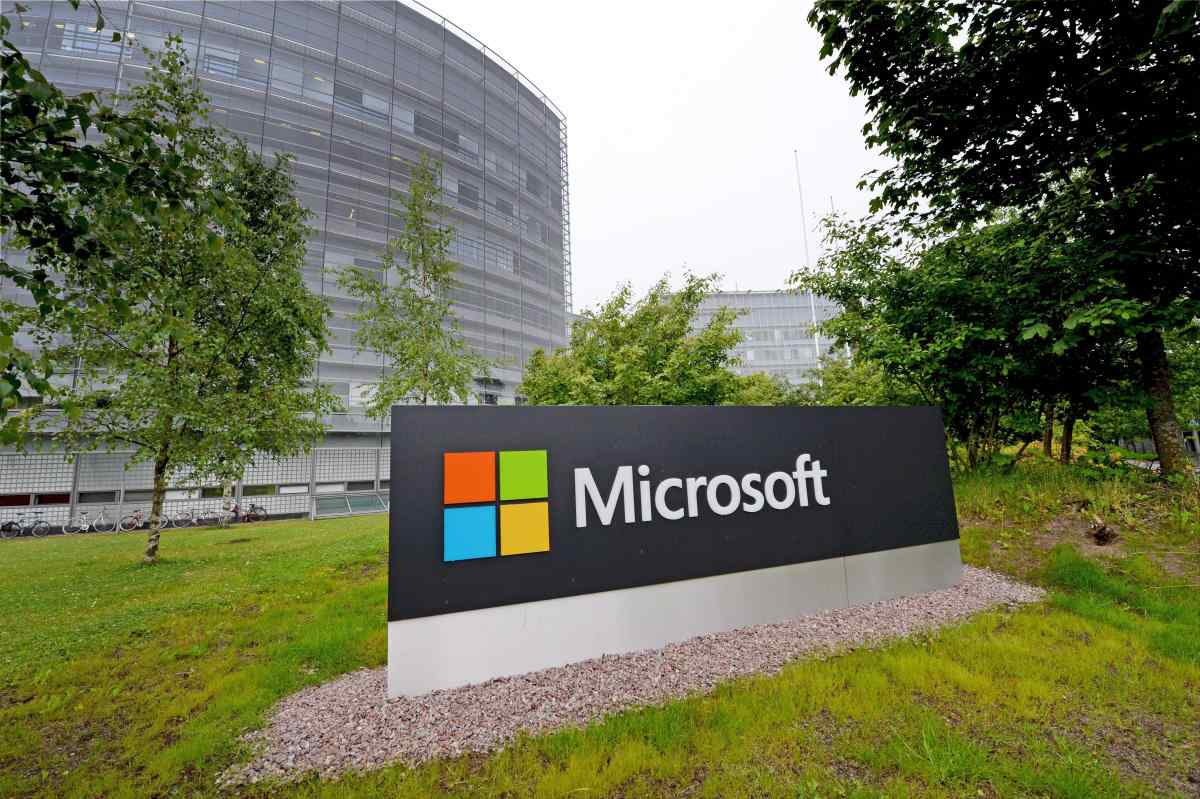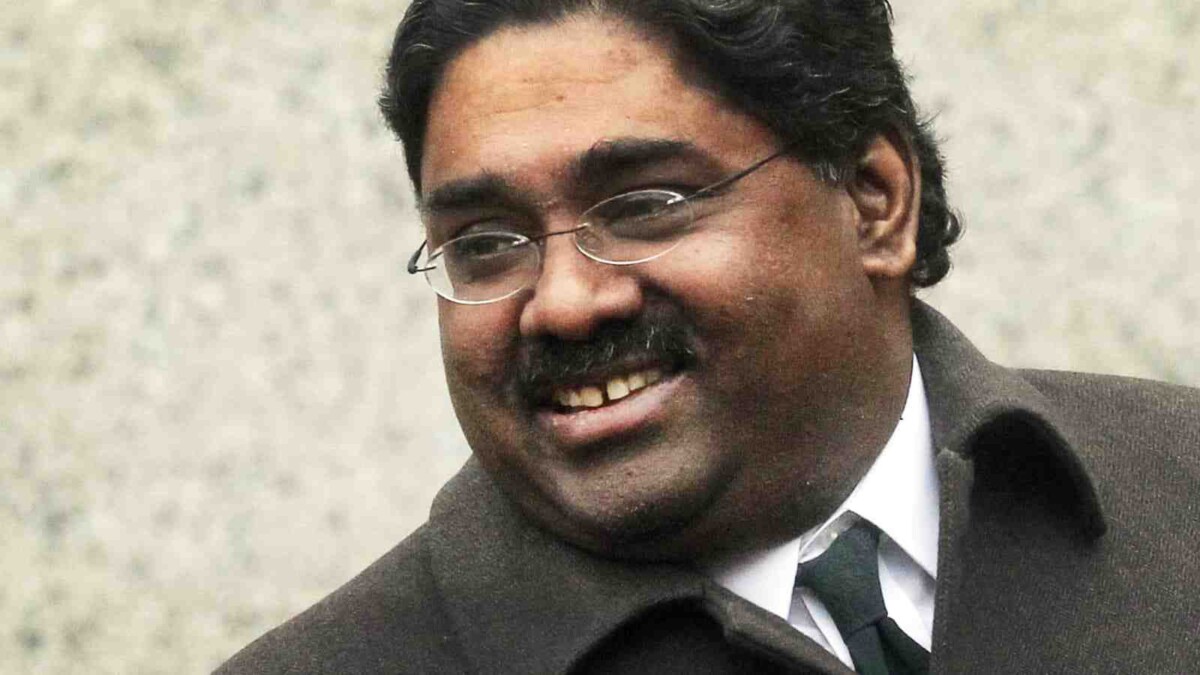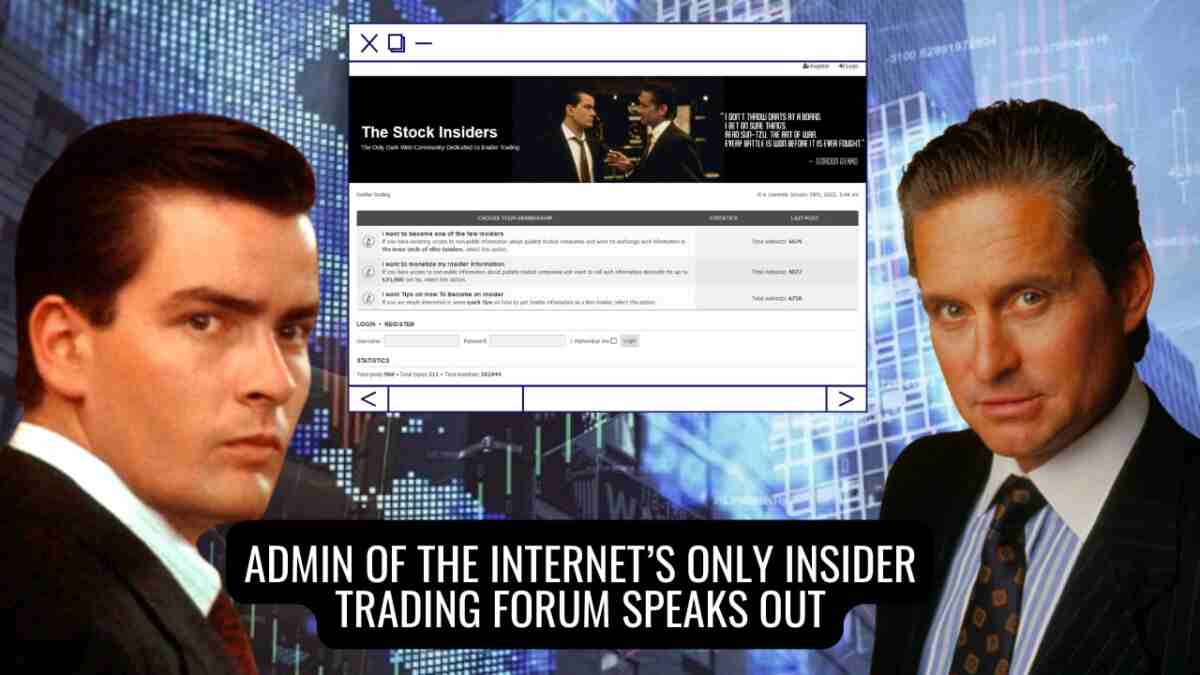Introduction
The financial world is reeling from the recent revelations about former Microsoft employee Brian Jorgenson and his partner Sean Stokke, who were implicated in insider trading. Jorgenson and Stokke allegedly made a killing off of illegal trades with Microsoft’s secret earnings and partnership information. In addition to damaging Microsoft’s image, this controversy casts doubt on the reliability of financial markets and the efficacy of regulatory supervision. As this case progresses, important concerns regarding the effects of insider trading on companies, investors, and regulatory agencies are being raised.
Accused Individual’s Background
The Department Of Treasury At Microsoft In Which Brian Jorgenson Works
An important part of Brian Jorgenson’s job description was researching and assessing investment opportunities for Microsoft as part of the company’s Treasury Group. He had access to secret information about Microsoft’s financial plans, collaborations, and investment prospects due to his position. Jorgenson was crucial in helping Microsoft determine the feasibility and possible returns of several investment endeavours thanks to his extensive background in financial analysis and strategic decision-making. Comprehensive analysis of market trends, risk and opportunity assessments, and recommendation-making to corporate senior executives were probably all part of his job description. Because of his position as an insider with knowledge about Microsoft’s financial plans, Jorgenson could have been a rich source for insider trading.
The Link Between Jorgenson And Sean Stokke, Who Would Later Form Biohawks Investment Group
When Sean Stokke and Brian Jorgenson first crossed paths while working at an investment business, their relationship began. But what really bonded them was their entrepreneurial energy and desire to build BioHawks Investment Group, a hedge fund they had always dreamed about. Jorgenson was a mutually beneficial partner for day trader Stokke because his knowledge of financial analysis complimented Stokke’s trading savvy.
In their joint vision for BioHawks, they hoped to use their expertise to seize chances in the market and provide investors with big profits. But their intentions became shady when they allegedly used Jorgenson’s influential position at Microsoft to their benefit in the stock market. As the insider trading scandal unfolded, it threw a shadow over Jorgenson and Stokke’s ambitious entrepreneurial endeavours and highlighted their combined efforts in pursuing financial enterprises. This relationship also provided context for the scandal.
Incidents Of Insider Trading
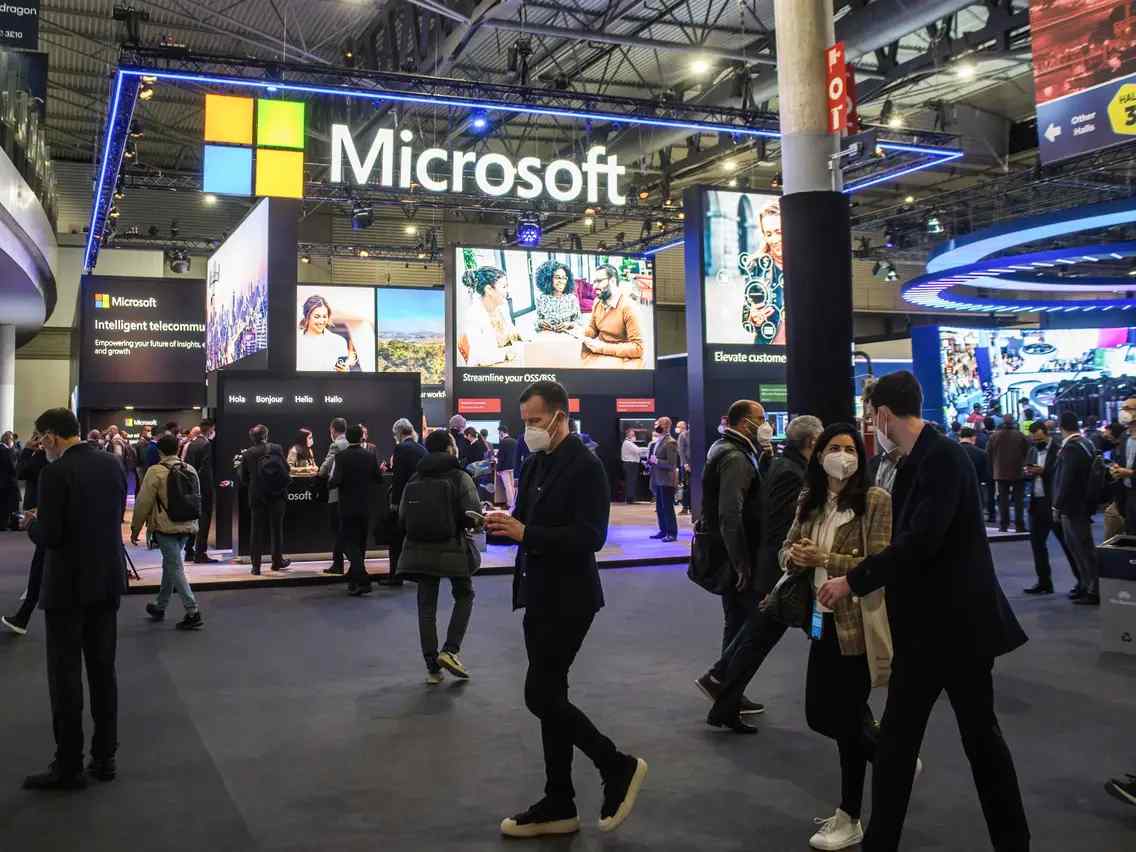
The Investment By Microsoft In Barnes & Noble
Ex-Treasury Group employee Brian Jorgenson knew everything there was to know about Microsoft’s investment and strategy decisions. He was privy to Microsoft’s inner workings as he assessed and developed investment opportunities for the corporation. According to the SEC, Jorgenson and his friend Sean Stokke were in “intense communication” after Jorgenson learned that Microsoft was about to invest $300 million in Barnes & Noble’s Nook e-reader business. The forthcoming investment’s possible monetary ramifications and how they might profit from them were probably topics of conversation in this correspondence.
After hearing what Jorgenson had to say, Sean Stokke used that knowledge to his advantage by buying call options on Barnes & Noble. A call option is a financial contract that, within a certain time frame, grants the holder the right to purchase a security at a fixed price. After Microsoft’s investment announcement, Stokke decided to buy call options, indicating that he expected Barnes & Noble’s stock price to rise. A profit of $185,000 was generated for Stokke by his astute purchase in call options on Barnes & Noble. Stokke accomplished this gain by utilizing Jorgenson’s foreknowledge about Microsoft’s investment, enabling them to make educated investment decisions prior to the public announcement.
The Fourth Quarter Earnings Report From Microsoft (July 2013)
According to Brian Jorgenson, who had access to private information before Microsoft’s July 2013 fourth-quarter earnings report, the company’s profitability would be lower than expected. Since he knew this in advance, he could foresee that the market would respond negatively to the earnings announcement. Jorgenson contacted Sean Stokke in order to divulge sensitive information after learning about Microsoft’s dismal profits prediction. They probably talked about possible investing methods to take advantage of the stock price drop that Microsoft was expected to have after the results announcement.
After receiving Jorgenson’s information regarding Microsoft’s disappointing earnings prediction, Stokke decided to buy put options. The holder of a put option has the right, within a certain time frame, to sell a security at a certain price in the event that the stock price drops. The fact that Stokke put money into put options shows that he thought Microsoft shares would fall in value after the earnings report. Stokke made $179,000 thanks to his smart put option investment that coincided with Jorgenson’s exclusive knowledge. This gain was achieved by foreseeing and taking advantage of Microsoft’s earnings report, that was lower than expected.
Microsoft’s Q1 2013 Earnings Report (October 2013)
Brian Jorgenson was in the know about Microsoft’s strong first-quarter profits performance before the firm announced them in October 2013. Jorgenson was able to get a head start in analysing Microsoft’s financial performance because to this exclusive knowledge. The XLK ETF (Exchange-Traded Fund) represented a basket of technology equities, including Microsoft, and Stokke and Jorgenson bought call options on it using the inside information that Jorgenson had disclosed.
The holder of a call option stands to gain if the price of the underlying asset rises within the time frame of the option. A profit of $13,000 was generated by Stokke and Jorgenson’s clever investment in call options on the XLK ETF. They profited from the following rise in the value of the XLK ETF by using their prior knowledge of Microsoft’s strong earnings report.
Avoiding Detection
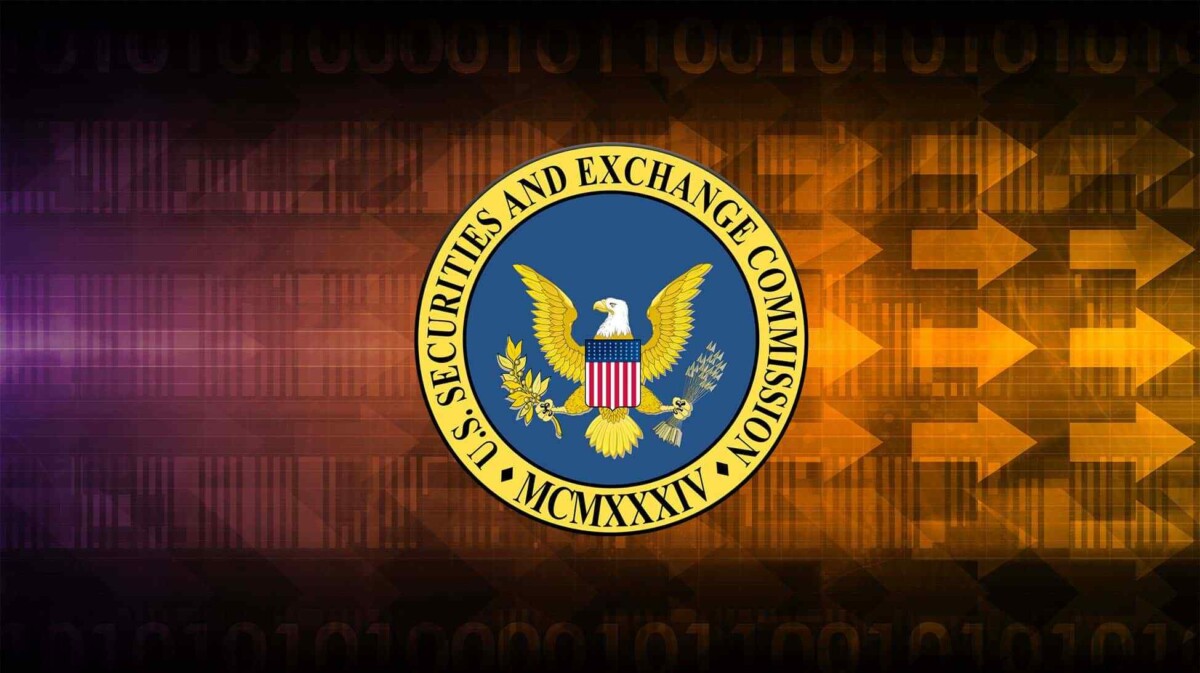
Using Cash To Sidestep Paperwork
Using cash as a cover, Brian Jorgenson and Sean Stokke attempted to hide their illicit dealings. Stokke chose to pay Jorgenson in cash so they wouldn’t leave any evidence of their illegal trade with him. They made this calculated decision so they wouldn’t leave a paper trail that may lead to insider trading accusations. Their plan was to evade authorities’ attempts to track their money by making all of their transactions in cash.
The Denial Of Liability And The Recognition Of Illegal Trading
The fact that Stokke came clean about his role in insider trading and how wrong it was was a major milestone. The gravity of the crimes perpetrated by himself and Jorgenson are highlighted by his confession of guilt. Stokke takes full responsibility for their deeds and the fallout from them when they admit to engaging in illicit trading. This acknowledgment is a crucial piece of information that will help the SEC and federal prosecutors prove their case in the legal procedures against them.
Possible Consequences
Jorgenson and Stokke resorted to great efforts to cover up their insider trading, as shown by the use of cash transfers and the admission of guilt. Their conduct exemplifies a flagrant lack of concern for moral and legal principles and highlights the difficulties encountered by regulatory bodies in identifying and prosecuting instances of insider trading. Also, the judicial processes are about to reach a turning point with Stokke’s admission of guilt, which might determine the case’s result and the punishments handed down to the accused.
Consequences To The Law
Jorgenson and Stokke may find themselves in even more hot water with the law if they continue to use their evasive strategies, which include accepting cash rewards and admitting guilt. Authorities now have more evidence to back up the charges against them because they tried to evade detection and admitted to their wrongdoing. Fines, jail time, and harm to their reputation are some of the harsher consequences they might face as a result. In order to prevent insider trading and keep financial markets stable, their actions highlight the need for strong enforcement tools and deterrents.
Effects And Responses
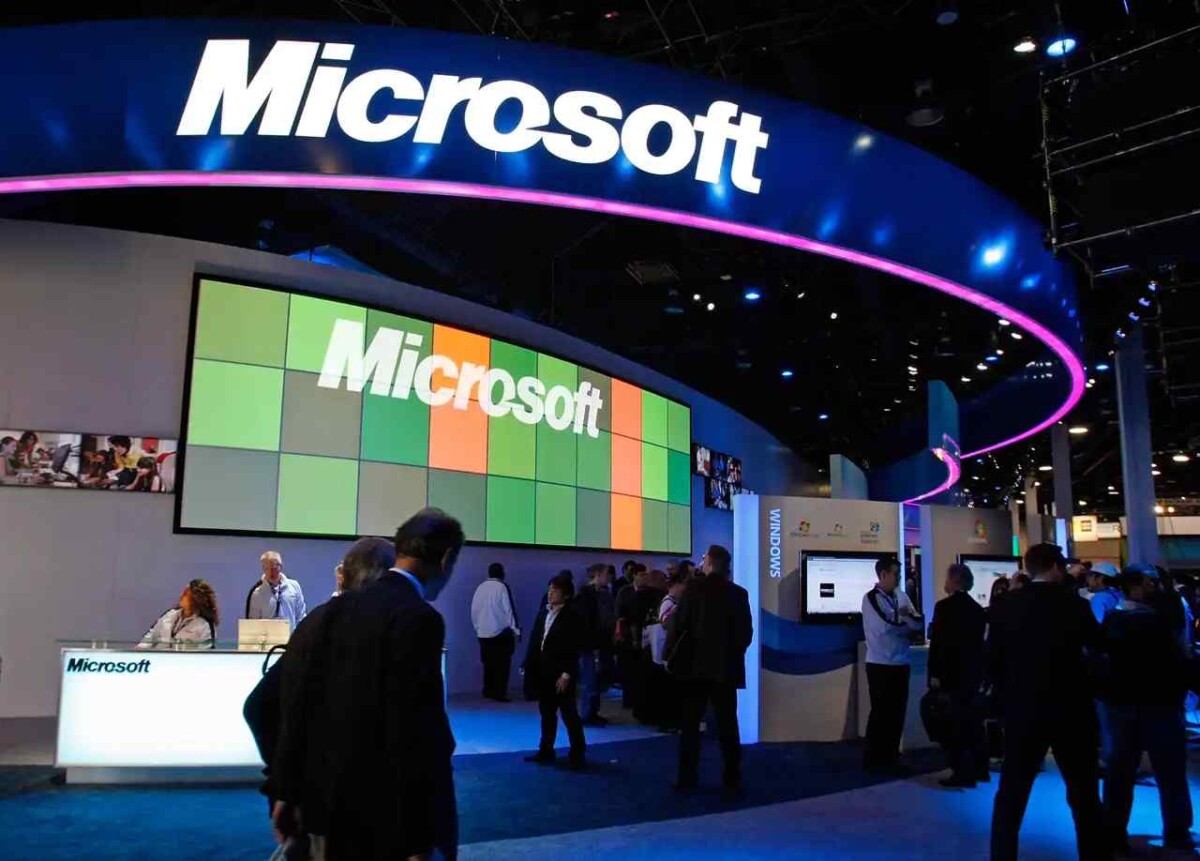
Impact On Microsoft
By working with prosecutors, Microsoft has demonstrated its dedication to being transparent and following the law. Nevertheless, the company’s image is damaged and questions regarding its internal controls are brought to light by the disclosure of insider trading among its ranks. Investor and regulatory scrutiny could increase as a result of this incident, which could have an impact on confidence among shareholders and the stock’s performance. Microsoft is currently dealing with a lot of changes, such as a leadership transfer and a massive reorganisation, and the aftermath of this controversy is making its corporate governance problems even more complicated.
Thoughts On The Internal Dynamics And Persistent Problems At Microsoft
Insider trading and other internal problems have made Microsoft’s identity and positioning problems worse. The corporation has encountered challenges during its transition from a software powerhouse to a diverse tech behemoth, such as keeping up with shifting customer tastes and fierce competition. Because unethical behaviour can damage strategic efforts and stakeholder trust, this incident shows how important it is to promote a compliance and integrity culture inside the company. In order to avoid future instances of similar wrongdoing, it is crucial to have strong internal controls and monitoring procedures in place.
Analysis By The Market Abuse Unit Of The SEC’s Enforcement Division
The Market Abuse Unit chief of the SEC’s Enforcement Division, Daniel Hawke, stresses how serious insider trading is and how it undermines the integrity of the market. To maintain fair and orderly markets, the SEC pursues enforcement proceedings against persons like Jorgenson and Stokke in an effort to prevent others from engaging in similar illicit behaviour.
The SEC’s engagement highlights the role of regulatory monitoring in preserving investor trust and guaranteeing a fair playing field for all market players. This case highlights the seriousness of the penalties for breaking securities laws and the importance of fighting insider trading and market manipulation with strong enforcement measures.
Conclusion
It is critical to keep financial markets honest and open, as shown in the insider trading case involving Brian Jorgenson and Sean Stokke. Microsoft has shown its dedication to maintaining legal standards and promoting a compliance culture through its cooperation with authorities. This instance, however, is a sobering reminder of the difficulties businesses encounter when trying to avoid insider wrongdoing and protect sensitive information. Companies must prioritise strong internal controls and ethical governance processes to reduce risks and maintain stakeholder trust as insider trading regulations tighten.
Frequently Asked Questions
1. Explain Insider Trading And Its Illegality.
Trading securities using significant, non-public information is known as insider trading. The practice is against the law since it gives some investors an unfair edge in the financial markets and damages their confidence in those systems.
2. How Does Microsoft And Other Large Firms Deal With Insider Trading?
Companies suffer reputational damage and investor confidence is eroded when insider trading occurs. Shareholder value and market confidence can be negatively affected by regulatory scrutiny, legal ramifications, and financial penalties.
3. What Are The Repercussions Of People Like Brian Jorgenson And Sean Stokke, Who Engaged In Insider Trading?
Fines, jail time, and the return of illicitly acquired wealth are all possible outcomes of civil and criminal accusations levelled against someone convicted of insider trading. They might also face exclusion from regulated businesses and a ban on trading securities.
4. How Can Tech Giants Like The Combat Of Microsoft Insider Trading?
Strong insider trading regulations, frequent staff training, close monitoring of trading activity, and stringent confidentiality protocols are all options for businesses. Another important step in avoiding unethical behaviour is encouraging a culture of honesty and morality.
5. In The Fight Against Insider Trading, What Part Do Regulatory Bodies Like The Sec Play?
Those in charge of overseeing the financial markets look into allegations of insider trading, bring those responsible to justice, and penalise those who break the rules. To aid businesses in meeting regulatory standards and preserving honest trade practices, they offer advice and tools.
